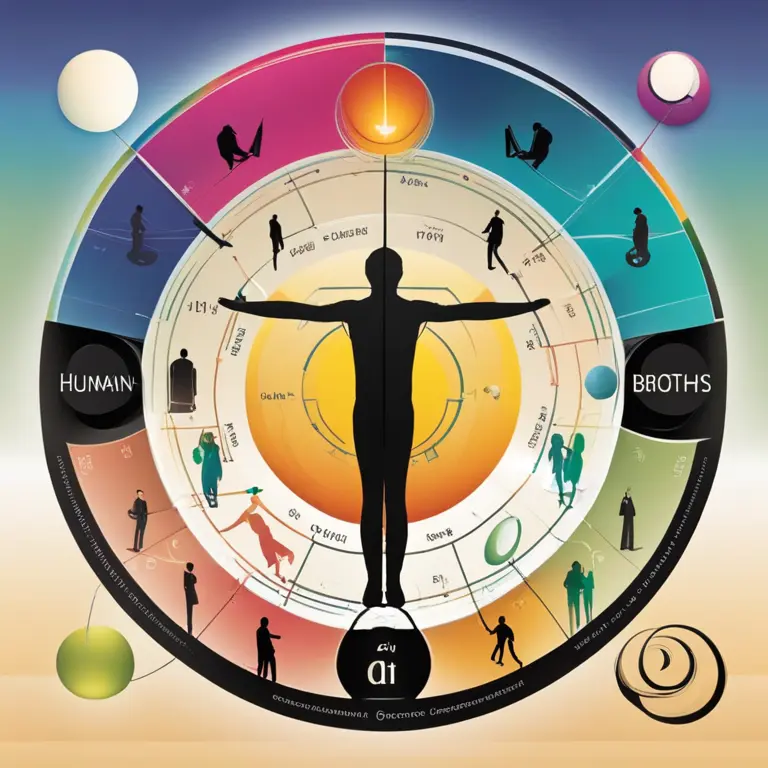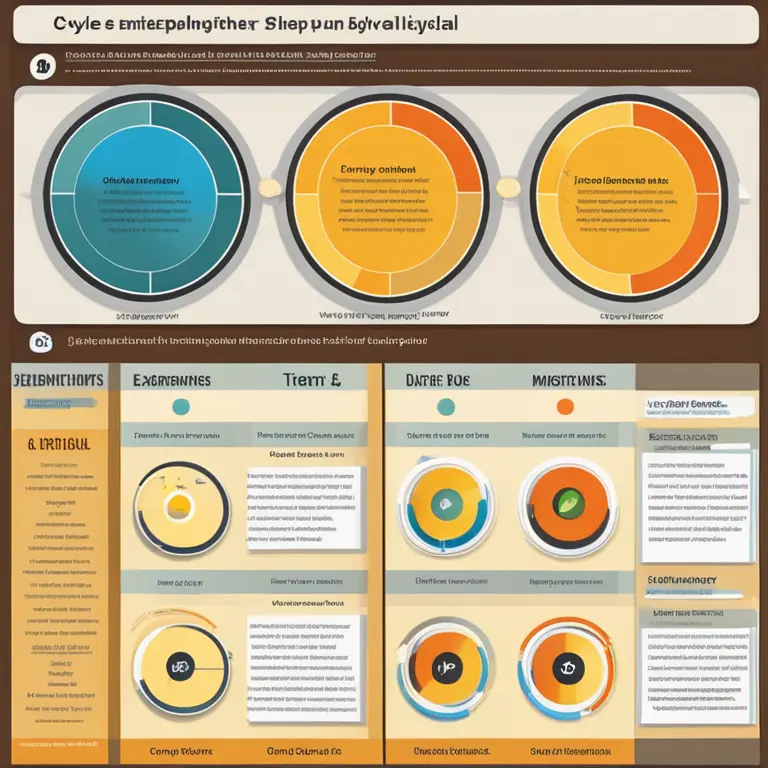
The Rhythms Within: An Insight into Human Biorhythms
Delve into the fascinating world of human biorhythms and learn how they impact our daily lives, wellness, and overall health.
article by Adrian Wallace
What Are Human Biorhythms?
Human biorhythms are the invisible cycles that govern our bodies, influencing our physical, emotional, and intellectual states. This concept, stemming from the early 20th century, suggests that we are under the sway of innate biological rhythms. Contemporary interest has revived their study, as we seek personalized approaches to health and well-being. With these rhythms believed to cycle over specific days, understanding them could shed light on the ebb and flow of our daily functions and capacities.

The Types of Biorhythms
Typically, three primary biorhythms are said to influence us: the Physical (23-day cycle), Emotional (28-day cycle), and Intellectual (33-day cycle). Each of these rhythms starts from our birth and undulates in positive and negative phases. The Physical cycle regulates strength, endurance and coordination. Emotional cycle is linked to mood, creativity, and perception, while the Intellectual cycle governs analytical thought, learning, and problem-solving. Understanding the interplay of these can purportedly help in optimizing our daily lives.

Charting Your Biorhythms
Advances in technology now allow individuals to monitor their biorhythms with greater ease than ever before. Many apps and online platforms offer personalized biorhythm charts, providing insights that help in planning activities aligned with one's optimal performance periods. For example, choosing to undertake a challenging project or making important decisions when one's intellectual biorhythm is at a peak might be advantageous.

Scientific Perspective and Skepticism
It’s important to note that the scientific community remains skeptical of biorhythms as a predictive tool. Critics argue that there's a lack of empirical evidence supporting the existence of these rhythms and caution against over-reliance on biorhythm predictions for making critical choices. However, proponents of biorhythms suggest that even if they serve simply as a framework for self-reflection and decision-making, they can still offer value.

Biorhythms and Personal Development
Biorhythms have found a particular niche within the realms of personal development and self-help, with supporters claiming that aligning activities to these cycles can optimize performance and emotional well-being. From athletics to education, adapting to one's personalized rhythm purportedly enhances one’s capacity for success and may even minimize the likelihood of accidents during negative physical cycles.
Integrating Biorhythms into Daily Life
When considering an individual’s unique biorhythm, one can potentially choose the best times to exercise, engage in social activities, or focus on intellectually demanding tasks. Some believe that biorhythms can also be taken into account in medical treatments and recovery, with timing being a critical component in the effectiveness of certain therapies. However, such beliefs should always be complemented with professional medical advice.
Future of Biorhythms
Looking toward the future, the intersection of biorhythms and personalized medicine is intriguing. With a trend towards individualized health strategies, the potential integration of biorhythm tracking with genetic and environmental data could usher in new wellness models. Whether these models will be considered scientifically valid or remain part of alternative health paradigms is yet to be seen beyond 2024.
Published: 1/30/2024
Modified: 1/30/2024
More predictions
Come back here soon to learn more about yourself and your future


Between Biorhythm & Compatibility: Sync Your Cycles
Discover how biorhythm compatibility can impact relationships and find harmony by syncing your physical, emotional, and intellectual cycles.


The Rhythms Concept: A Guide to Biorhythms
Discover the intriguing concept of biorhythms: the cyclic patterns influencing our physical, emotional, and intellectual states.


Unlocking The Biorhythms Guide
Delve into the fascinating world of biorhythms to learn how they influence your physical, emotional, and intellectual states, potentially shaping your daily life and decisions.